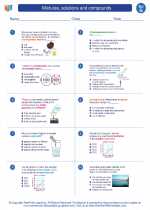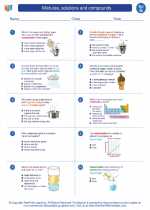Ordovician Period
The Ordovician Period is the second period of the Paleozoic Era, spanning from approximately 485 to 443 million years ago. It is known for its diverse marine life and significant geological events.
Key Events and Characteristics
- Diversification of Life: The Ordovician saw the rapid diversification of marine life, including the emergence of early fish, as well as the proliferation of brachiopods, bryozoans, and cephalopods.
- Geological Changes: The period was marked by major geological events, including the Taconic Orogeny, which led to the uplift of mountain ranges in present-day North America.
- Climate: The climate during the Ordovician Period was relatively warm, with global sea levels rising and falling multiple times due to the melting and freezing of ice caps.
- Mass Extinction: The end of the Ordovician Period was marked by a mass extinction event, possibly caused by glaciation and changes in ocean chemistry, which affected many marine species.
Study Guide
- What is the significance of the Ordovician Period in the history of life on Earth?
- Describe the major geological events that occurred during the Ordovician Period.
- How did climate change impact marine life during the Ordovician Period?
- Discuss the mass extinction event that marked the end of the Ordovician Period.
- Research and identify key fossil species that emerged or became extinct during the Ordovician Period.
By studying the Ordovician Period, we can gain insights into the early diversification of marine life and the geological forces that shaped the Earth during this time.





